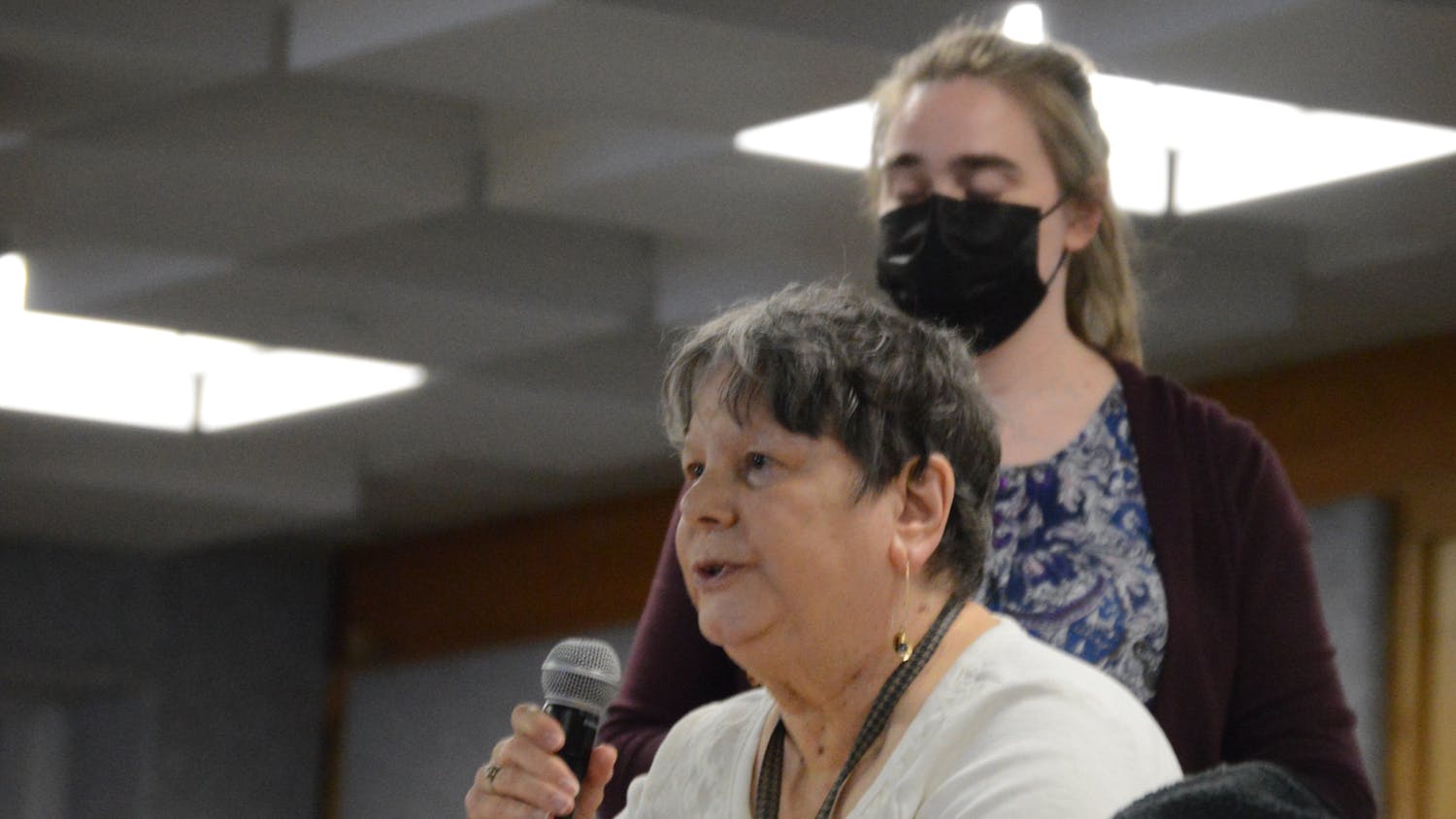Exam season is here and students across campus are pulling all-nighters in Capen, begging for extensions and experiencing the stress of finals.
But Anant Patni, a sophomore computer science major,and Angad Minhas, a junior biostatistics major, want to help the UB community alleviate their panic and stress.
The two roommates workedtogether and created Pulse: Listen & Relax, an app designedto ease end-of-the-semester pressure. The app uses a catalogue of relaxing background sounds to create a calming environment. Theteam’s goal was to have the app ready for final exams and the app, inspired by their own personal struggles,is currently available on the iOS App Store for download.
“In the last month, my friends and I have faced problems of intense stress, insomnia, tough studies and financial issues,” Patni said. “That creates a big deal of risk in our lives, so I said, ‘Let’s do something, let’s do some research.’”
Their solution was sounds.
Their research showed that sounds have the ability to “soothe the body,” so they began working on a way to make relaxing soundscapes available for students to listen to on their phones.
Pulsehas seven categories— colored, sleep, study, nature, animals, city and abstract. Each category contains comforting tracks that Patni and Minhas created. In the color category, the team researched the frequencies of different colored noises.
“Most people know white noise, but there’s also pink, blue, green,” Patni said. “There’s going to be a variation in pitch and frequency for each color. Like brown noise is very dense, you have to increase the volume a lot to hear it, you probably want to listen to it on a headset.”
The app hosts and distributes “relaxing soundscapes” that the duo created using GarageBand or found on free open source distribution. Each track on Pulseis programmed to play five minutes of looped audio, infinitely repeating through your headphones to keep you relaxed in the late hours at Lockwood.
Early on, the team faced logistical problems. Initially, the soundscapes would stop after five minutes. They realized this was a big problem for people who planned on using the app for long meditations or going to sleep. The team decided to simply increase the time of the tracks to play for one hour.
This raised another unanticipated problem.
In making the tracks longer, the app size increased tremendously and people no longer had space for it on their phones. To solve this, the team decided to loop the tracks so that it gave users more freedom to use a specific sound for as long as they want, without increasing the app size.
Patni and Minhas wanted their app to be accessible. Pulse has no monthly subscription fee and no guided program, which is different from similar meditative apps like Headspace and Calm. The minimalist interface contains both images and text to help guide users to find what is best for their specific needs.
The team hopes to put together a way for users to make their own playlists of the sounds best suited to their needs, which they believe would be a better option than developing pre-programmed playlists.
“It wasn’t until I found some YouTube tutorials and just started doing it on my own, but when it worked, a spark hit. I was like, ‘I really get this,’”Patni said.
Patni has developed two other apps, also available on iOS. One is Tic-Tac-Toe: The Official Game, whichprovides an interface for users to play double player, or against a computer with easy, medium, hard and impossible levels.
Patni said Pulse and app development are his “passions” and hopes to continue developing the app.
Leah Higgins is a features staff writer and can be reached at features@ubspectrum.com.





